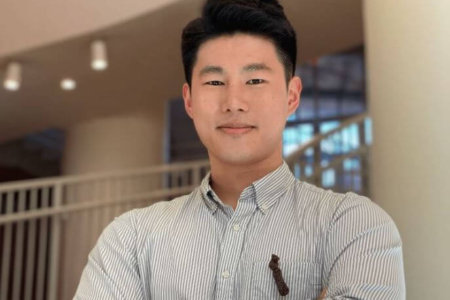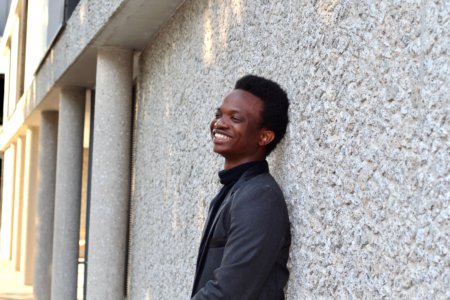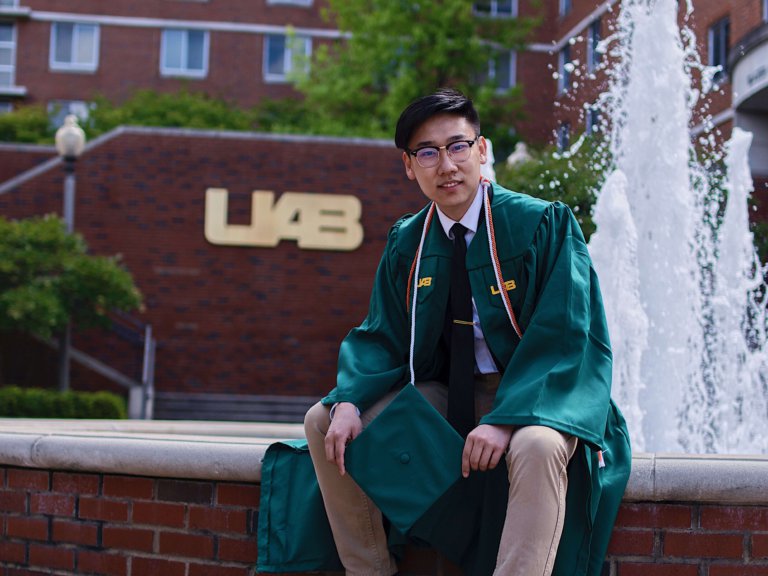
Getting funding to pursue your PhD at a top US university is no easy feat. In the case of Jason Zhang, choosing from five full financial support offers from the country’s top universities was a problem many international students would be envious of having. Zhang is a biomedical engineering graduate from the University of Alabama (UAB) who migrated to the US in 2013 with his family from Xi’an, China. He received funding offers from Massachusetts Institute of Technology (MIT), Johns Hopkins University, Georgia Institute of Technology, Mayo Clinic and Boston University.
Spurred by his goal to make a difference in the world and to play a role in saving lives, he plans to carve himself a career in the biotech industry after getting his PhD in biological engineering from MIT. “Considering how my findings could provide hope for patients and their families motivated me to spend long hours and late nights in the lab,” he says in regards to his passion for the medical industry.
We got in touch with Zhang to speak about his impressive educational career and what he has planned for the future:
Walk us through your love for medicine, and in particular, biomedical engineering. Is there a personal story behind this?
I was a hopeful pre-med student when I started at UAB and to reach that goal, I challenged myself to study biomedical engineering, so I joined the Science and Technology Honors Program — SciTech — to maximise my knowledge repository. While these experiences are the cornerstone of my growth, I discovered my passion for translational biomedical research after my fellowship at the UAB Hospital. It galvanised my desire to pursue a PhD in biological engineering and inspired my career goal in the biotech industry.
After freshman year, I was granted the Presidential Clinical Innovation Fellowship to work alongside clinicians and help reduce sepsis-related deaths. Through lab research experience from SciTech, I was eager to explore clinical research.
However, neither the online training nor literature readings prepared me to face the sudden death of a septic patient. Experiencing the cold epidemiology data in the form of a real person made me feel defeated and disillusioned. What use were the thousands of sepsis-related publications on PubMed? What more could a doctor do to save a moribund patient?
A widening gap exists between lab findings and clinical practices. I want to become the person who can provide the means for doctors and hope for patients. With graduate training in biological engineering at MIT, I want to prevent similar tragedies through purposeful research and innovative problem-solving.
I returned to my research lab that fall with a renewed sense of purpose. Over the years, I realised my fervour for research is not based on a whim. It’s buttressed by a persistent curiosity for human biology and a desire to translate lab findings to clinical applications.
What led you to UAB and the Mayo Clinic Graduate School of Biomedical Sciences?
When I first visited UAB, I fell for the beautiful campus. I loved that it’s conveniently in the middle of the city with access to all of the urban resources, yet it’s also insulated from the city. I can enjoy campus life without distractions like crowds or even safety concerns.
More importantly, I was attracted by the world-leading biomedical research facilities and resources at UAB. During my junior year, I took an elective biomedical engineering course called tissue engineering.
Through my fascination for it, I applied for a summer research fellowship at Mayo Clinic hoping to work on a tissue engineering project. Due to COVID-19, however, I could not do it in person. Mayo Clinic transitioned the research fellowship into a five-week Summer Foundation in Research. We practiced forming hypotheses, experimental design, and solving a biomedical problem with various approaches like engineering, biological, pharmaceutical, and so on.
Do you think it would have made a difference if you studied at a local institution?
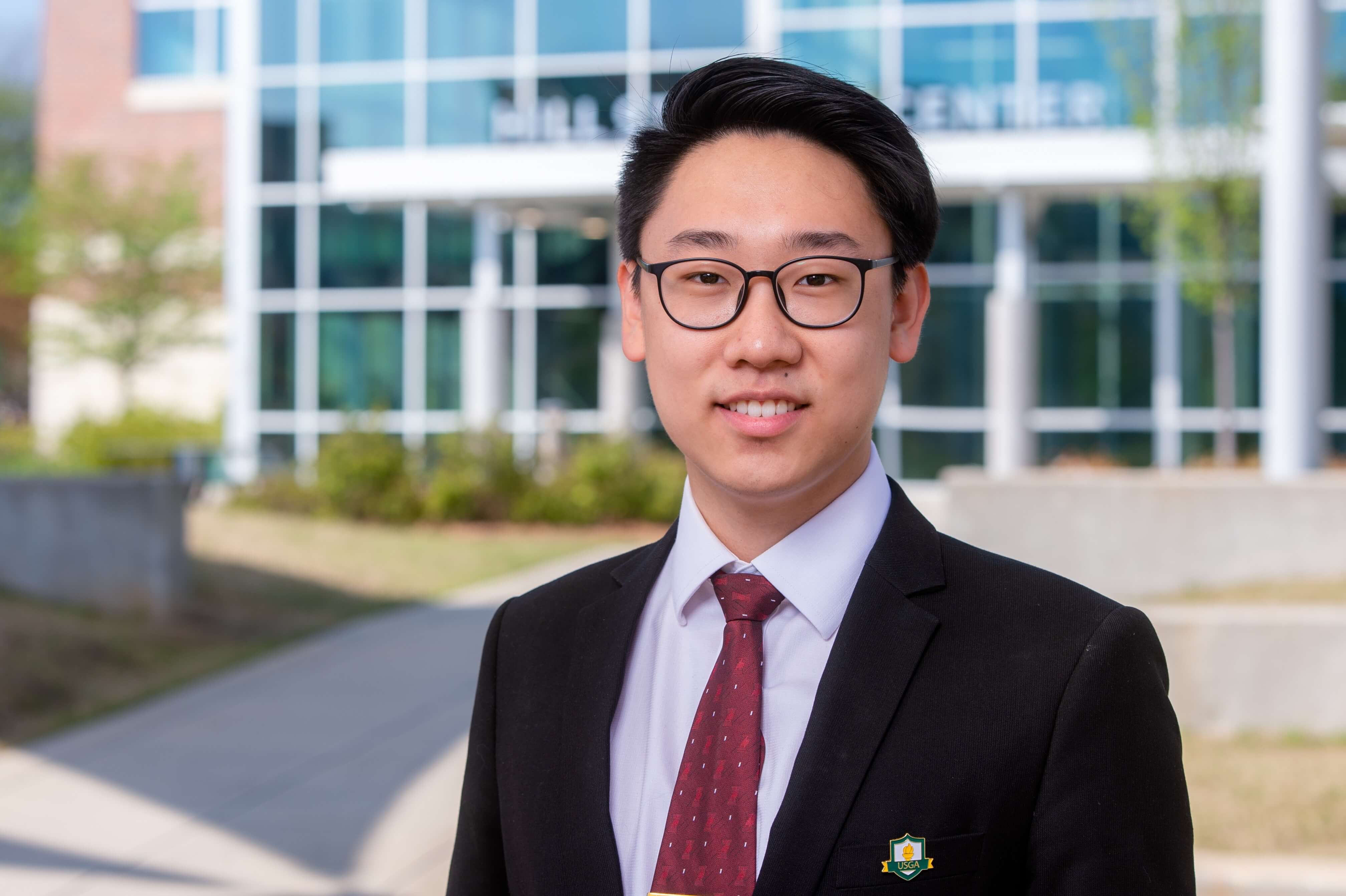
Attracted by the world-leading biomedical research facilities and resources at UAB was what led Zhang to UAB. Source: Jason Zhang
Yes, because the research environment and all the opportunities that made me who I am today would not have been there. However, if I had studied at a local institution, I’m sure I would have found other opportunities and still have a great educational outcome.
Tell us about your most memorable class so far.
This has to be my biomedical engineering elective Tissue Engineering and its prerequisite class Biomaterials, which were both taught by the same professor. In these classes, we were challenged to use what we learned in the first portion of the class to complete and defend a research proposal as the final project.
This made me apply what I learned and spurred me to dive into the literature and beyond. In Biomaterials, my project was to create a functional peptide-amphiphile nanomatrix for artificial pancreas and in Tissue Engineering, I had to transplant hiPSC-derived hair cells inside hyaluronic acid hydrogel to restore hearing loss.
Do you have any fond memories with teachers at your uni? How did your lecturers support you in your studies?
I met my research mentor — Dr. Zsuzsa Bebok — during my freshman year through the honours programme (SciTech). Ever since, her mentorship has been the linchpin of my academic development. When I first started, Dr. Bebok would personally show me all the experimental techniques while also explaining each step so I wouldn’t follow the protocol blindly.
She devised a project for me before my sophomore year and gradually let me take on more control as time went by. She did not see my young age as an excuse and trained me to become an independent scientist with the same treatment as grad PhD students would get.
We also had a great personal relationship where we would talk about our families, discuss science and political news, and so forth. During the summers, Dr. Bebok even provided me with financial compensations to work for her — something not so common for undergraduate students.
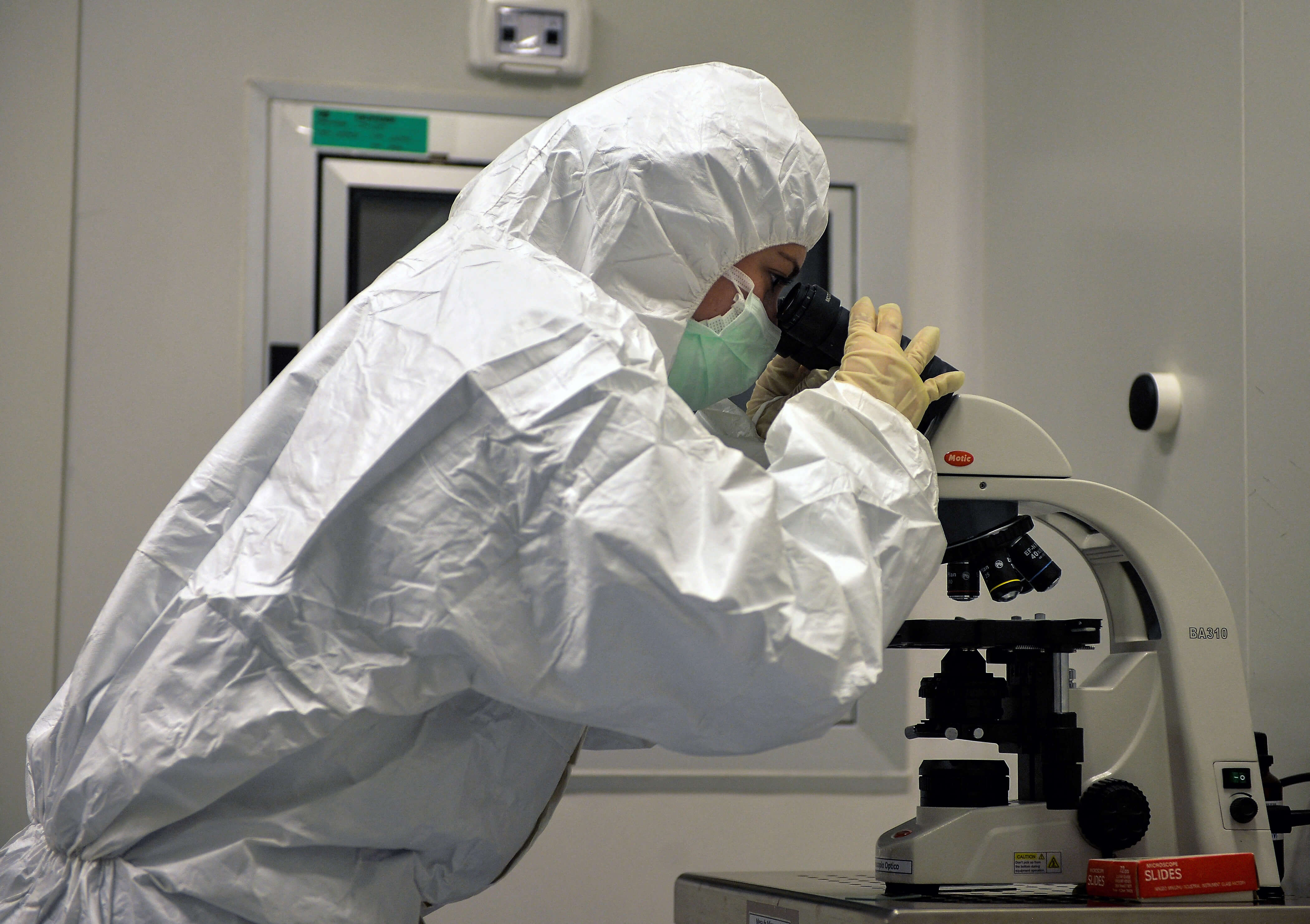
Designing medicine and technology for healthcare purposes is what Zhang is interested in. Source: Yamil Lage/AFP
Walk us through what SciTech is all about.
SciTech is a specialised programme in the UBA Honors College. SciTech and the Honors College allowed me to form a greater network and gain exposure to diverse study topics. It also provided me with scholarships and fellowships to financially support my study and research.
Finding a group of people in college that share my interests and values is not easy, especially as an international student. The SciTech programme was the first community and “family” that embraced me.
Can you tell us about receiving full financial support from some of the best schools in the US? Why did you choose MIT?
The full financial support includes full tuition allowance, student fees, health insurance and a stipend for five years minimum. The stipend rate varies among schools.
I chose MIT for a number of reasons. Firstly, I will have the opportunity to rotate among different labs at MIT during my first year before I chose a lab to finish my thesis. I love the city of Boston and the collaborative environment there. MIT provides me with the most financial benefits and resources.
Most importantly, I am drawn by the research and mission of MIT Biological Engineering. My passion for using engineering methods to understand science perfectly parallels MIT Biological Engineering’s mission. I have an interest in the research of a handful of faculty members at MIT and I think it’s the best place for me to thrive as a graduate student.
Walk us through your work with computational biology and identifying drugs for COVID-19 treatments. What can you share with us?
When I found out I couldn’t participate in Mayo Clinic’s summer fellowship programme in person, I looked for other things to do. Seeing the detriment of COVID-19 on a global scale, I thought to myself if I could do something to combat it with science and technology.
I secured funding through UAB and sought an opportunity to conduct remote research in Dr. Yuhua Song’s lab. Through quantitative biology approaches, we used molecular docking and computational modelling to screen available drugs to be repurposed to treat COVID-19.
This work is published here. The unique thing about our project is the human cell receptor target we focused on. Thanks to my previous work in the Bebok Lab, I was familiar with ER stress and all the mechanisms to resolve or terminate stressed cells.
An interesting ER chaperone project named BiP emerged under my radar. It doesn’t just stay in the ER, it has a wide range of functionalities depending on the localisation in the cell. This includes the cell surface where BiP can serve as an antigen receptor. Therefore, our study identified drugs that may disrupt SARS-CoV-2 attachment and replication by targeting cell surface BiP.
Do you have any advice for international students looking to study in the US?
I think the most important thing when studying in the US is to have a goal in mind. This way, you will always have the drive to achieve what you wish regardless of the cultural and environmental differences.
Schools in the US are really good at providing students with an individualised experience that is tailored to you. It is OK if you do not know what you wish to do in the future while studying abroad.
Furthermore, I would recommend students to be active and open to trying new things and experiences. Cultural barriers and prejudice are built upon ignorance. The US is a melting pot of diverse cultures, making it an ideal place to learn and become a citizen of the world. Studying in the US will help us learn through each other to form an understanding that might one day supersede myopic nationalism and false patriotism.








